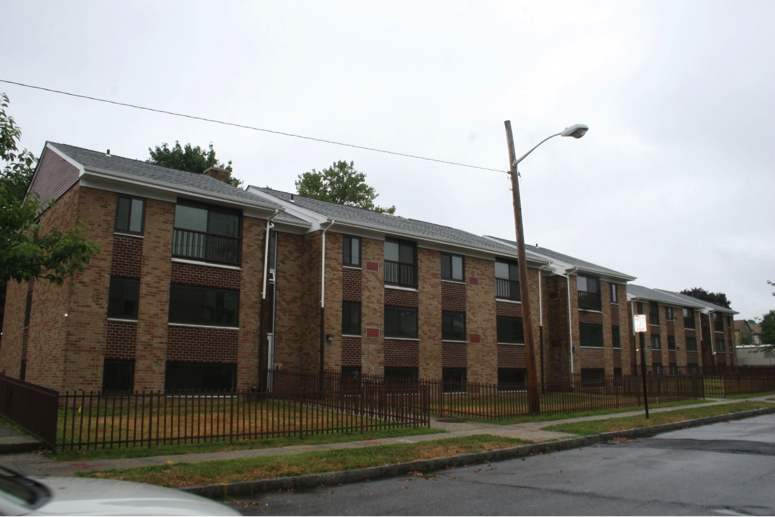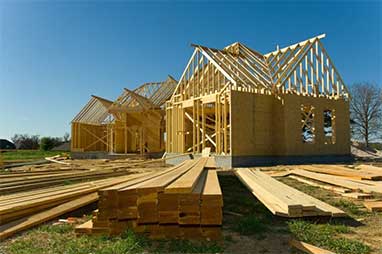HUD requires that all new construction and substantial rehabilitation projects comply with Davis-Bacon prevailing wage requirements. We have found that concerns about prevailing wages often are overstated. First of all, labor costs make up about a quarter of construction costs. So, even if prevailing wages were 10% higher, the overall impact on construction costs would be 2.5%. Higher pay will attract more skilled workers. So, it is reasonable to assume that productivity gains will offset the higher labor costs. Some markets, such as New York City, have a strong organized labor presence. Where unions are strong, prevailing wages may be unavoidable whether you are financing with FHA or not. It also is important to note that prevailing wage rates apply only to labor on site. As construction becomes more modular, the impact of on-site labor costs goes down.
It has been our experience that the differential between Department of Labor prevailing wages and non-regulated wages can vary depending upon your market. The Department of Labor has a website (“Wage Determinations on Line” – WDOL.GOV) where you can quickly obtain the prevailing wage rates for the state and county in which you are planning to do construction. By downloading the specific wage determination for your location, you will be able to determine if the Davis-Bacon requirements associated with FHA financing really are a major concern.

 Blog
Blog 




